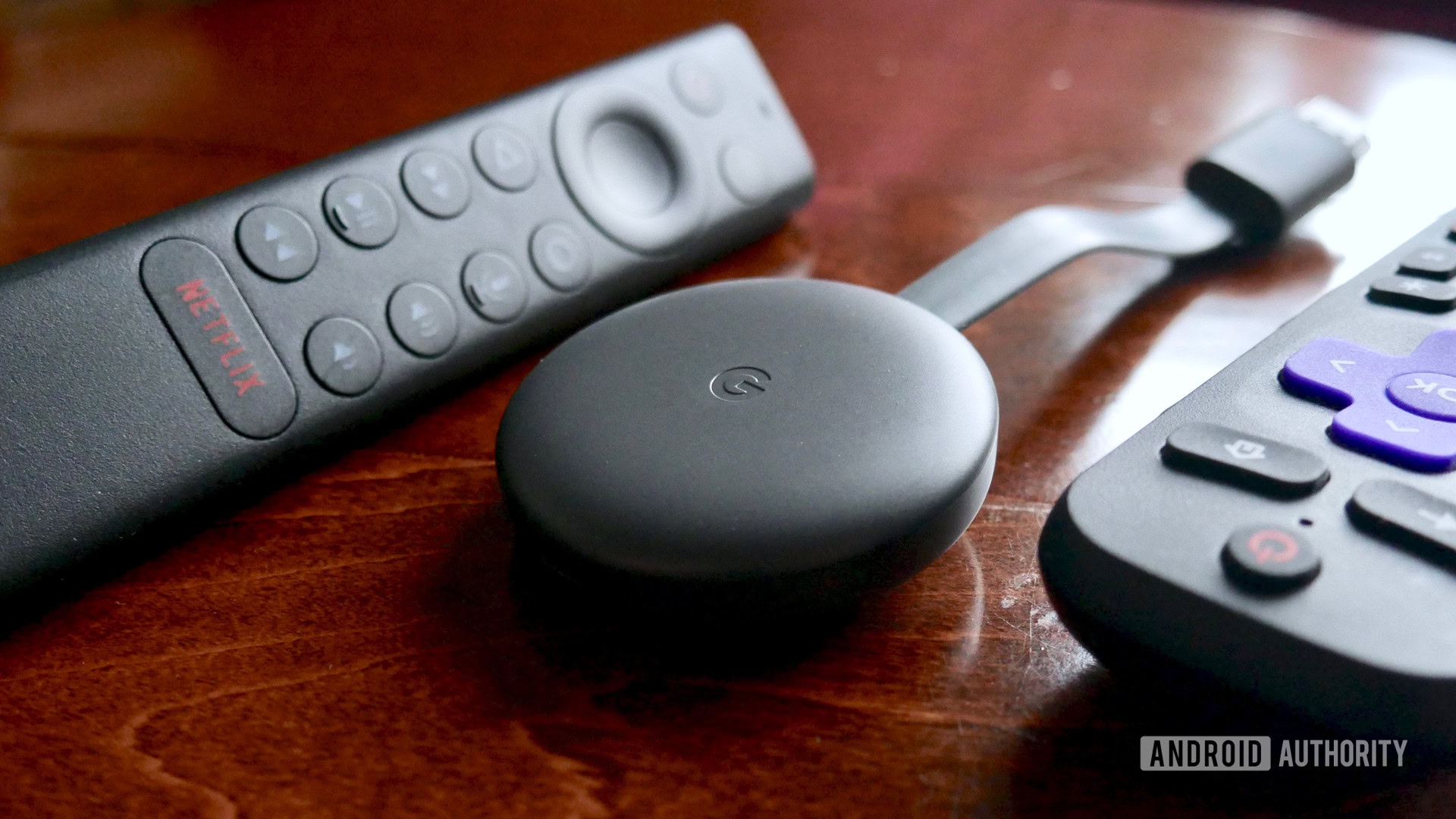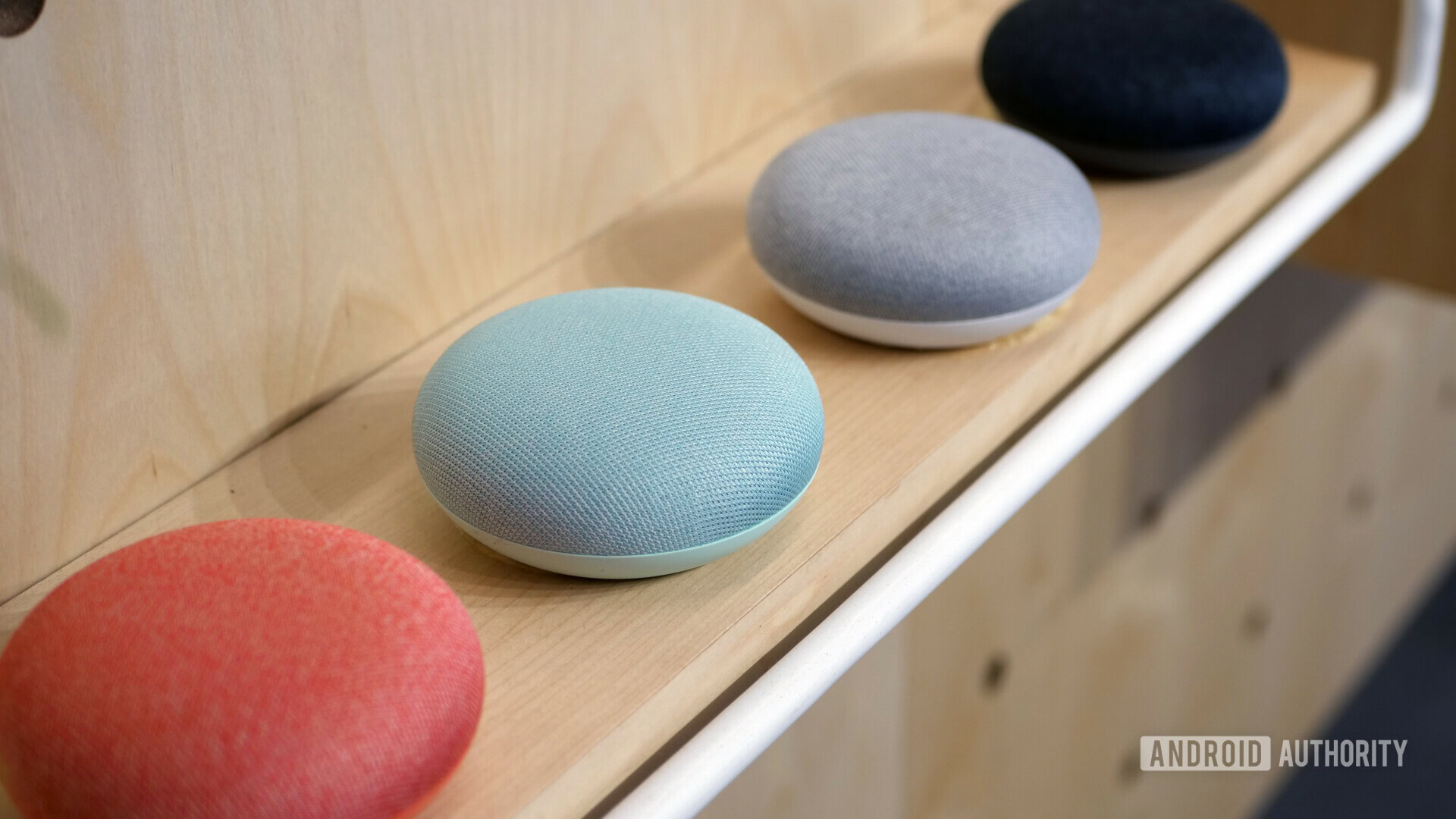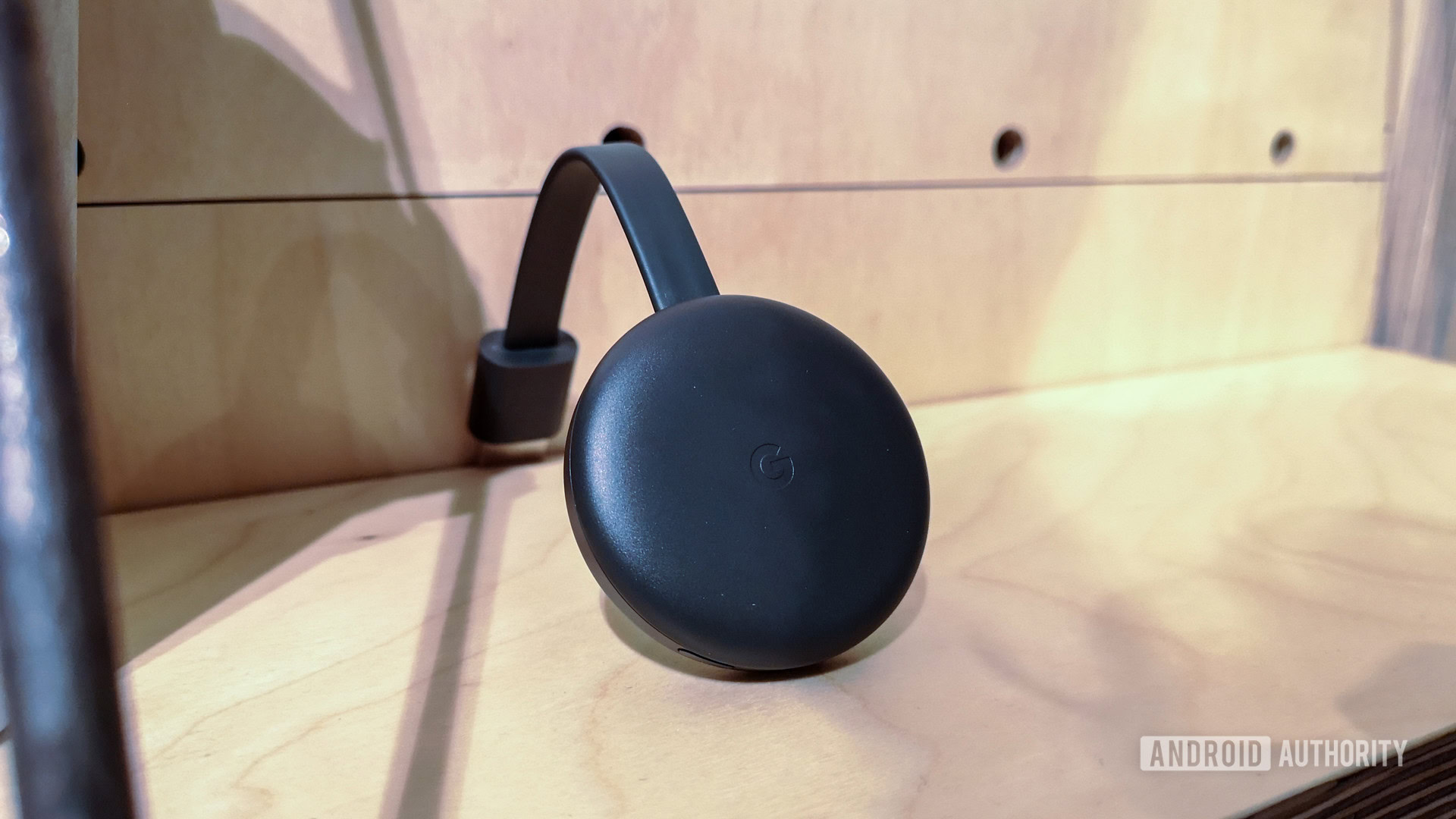Affiliate links on Android Authority may earn us a commission. Learn more.
How to use Google Home with a Chromecast
Google Home works with Chromecast, which means you can tell the smart speaker to play a YouTube video or your favorite movie on Netflix and it will show up on your big screen. Although you don’t need to be a rocket scientist to use Google Home with a Chromecast, there are a few things you have to be aware of.
First things first
To get started, you first have to set up your Chromecast, set up the Google Home, and then pair the two in the Google Home app. The important thing is that the two devices, along with the phone running the Google Home app, are all on the same Wi-Fi network. You also have to make sure that you use the same Google account for each device, otherwise, you’ll run into issues.
Additionally, avoid using a VPN on your phone, as that will prevent the devices from talking to each other. The only way you can use a VPN is if you have it installed on your router, which means it covers all the devices on your network at the same time.
Names matter

When Google Home communicates with other devices in your home, it needs to know which specific device you are trying to talk to. When you’re just playing content directly off the Home (such as music), this isn’t an issue, as you can just say “Play X on Spotify.” Casting works just a bit differently, and requires you to specify the device you want to stream to when you decide to cast.
For example, to cast to your Chromecast, simply tell your Google Home “Ok Google, cast CONTENT_NAME to CHROMECAST_NAME”. In my case, my Chromecast is called “Living Room Ultra”. So if I wanted to cast content to my TV, I would just say “Ok Google, cast Android Authority videos to Living Room Ultra.” It really is that simple.
You can set and change the names of your devices in the Google Home app.
Read next: The best third-party Google Assistant speakers to spend your money on
Be specific

Google Home will automatically stream video content from a default service, such as YouTube. That means if you want to cast from a non-default service, you have to get more specific with your commands. So if I wanted to watch a video on Netflix, I’d have to say, “Ok Google, Stream House of Cards on Netflix to Living Room Ultra.”
This might seem like quite a long stream of words to say, but the good news is that Google Home will remember the last video service you streamed to that specific Chromecast with, and so if I wanted to switch to something else, say, Orange is the New Black, I would just say “Ok Google, watch Orange is the New Black on Netflix” and the content on my TV would change accordingly.
See also: Google Assistant guide: Make the most of your virtual assistant
The device you are casting to will remain the default until you tell it otherwise, though. So if you are watching something on YouTube and ask Google Home to play something on Spotify, it will switch the TV input to a Spotify stream. You have to be discrete the first time you play a particular type of content on a device, so if you want to watch content on your TV and listen to music on your Home device, you’ll have to say something along the lines of, “Play RØDEo Ruby Love on Kitchen Home,” where Kitchen Home is the name of the Google Home.
How to stop casting?

To stop casting to an exterior device, you’ll have to say “Ok Google, stop casting.” After this, the link between the Home and the device you are casting to will break, and your Home will return to the default audio source and the Google Home Chromecast session will end. If you ask for video content again, the Google Home will ask you to specify a device name to cast to.
And that’s about it. Google Home’s Chromecast support is one of our favorite features, but Google’s smart speaker has quite a few other capabilities as well.
Read more: